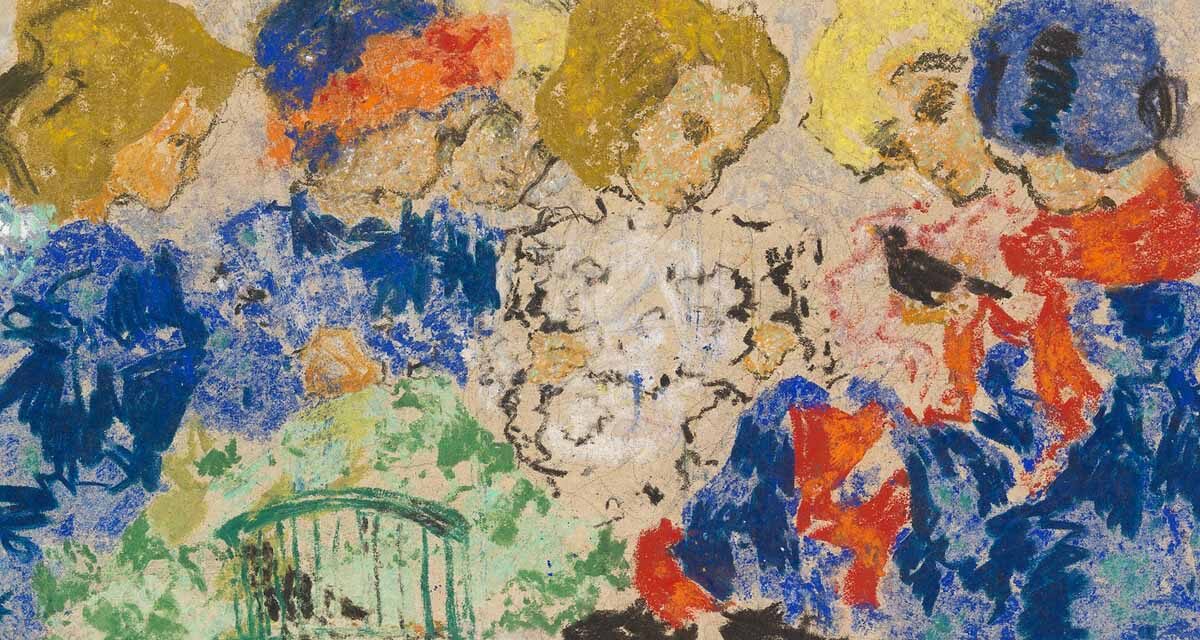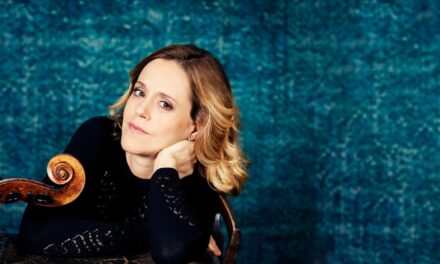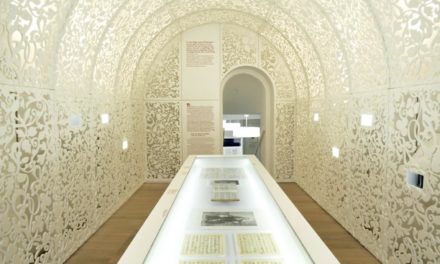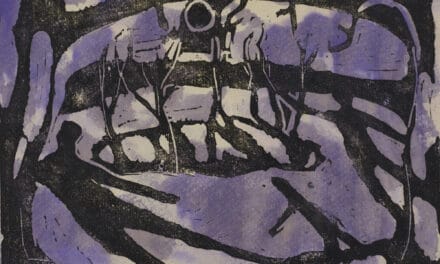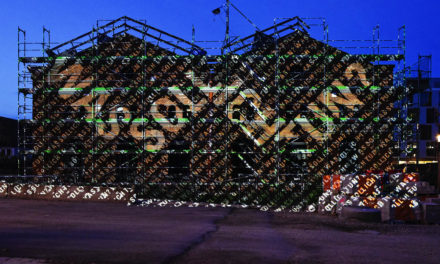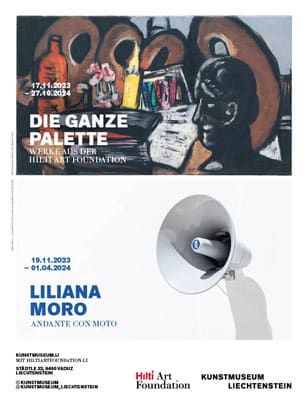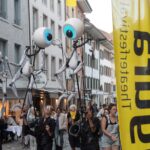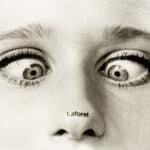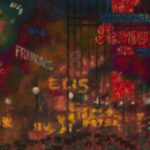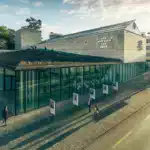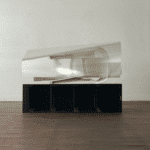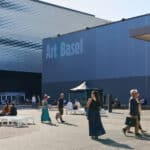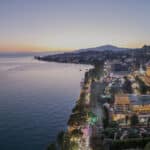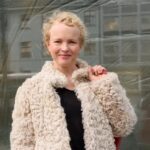Augusto Giacometti (1877-1947) was one of the most important Swiss artists of the early 20th century.
Born in Stampa in Bergell, Augusto Giacometti studied in Zurich and Paris and spent important years in Florence before settling in Zurich, from where he repeatedly undertook artistically stimulating journeys. His training in Paris with Eugène Grasset led him to become intensively involved with Art Nouveau. He transformed sketches of plants and animals into ornamental works and regular repetitions of the same elements. These form the basis for his pastel drawings, in which he made light and color the central means of expression. He also translated the experience of transparent glass windows and the iridescent luminosity of butterfly wings into his art, making him a pioneer of non-representational painting.
From the very beginning, drawings and works on paper were among his most important means of artistic expression. This is where he developed his pictorial language between figuration and abstraction. He found his way to free lineaments and the fine pastel chalk and luminous watercolour suited his desire for a dematerialized design of light and color.
For this reason, the exhibition at the Bündner Kunstmuseum concentrates entirely on works on paper and thus shows the foundations of his oeuvre. It is based on the rich holdings of the Bündner Kunstsammlung and is supplemented by prominent loans. A substantial part of the exhibition is made up of the extensive collection of the architect Tilla Theus, which will be donated to the Bündner Kunstmuseum in 2024.
January 28 to April 28, 2024

